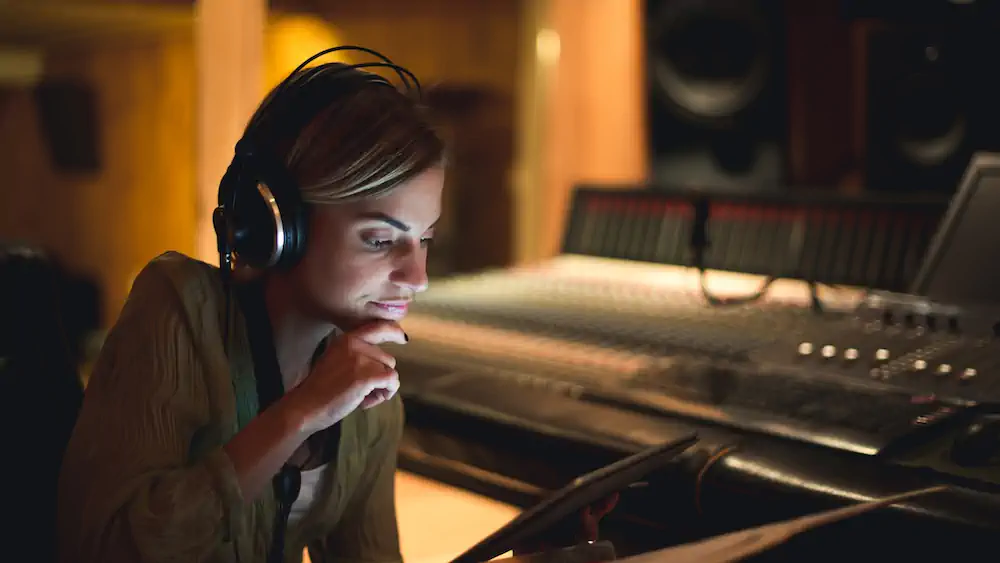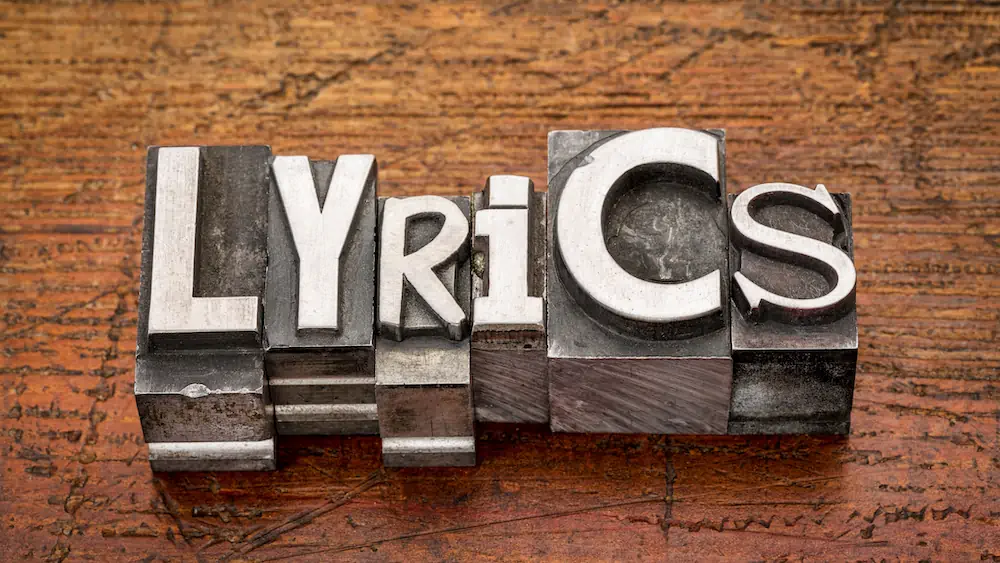If you have ever been moved by the power of a song, you understand the magic of songwriting. This craft blends poetry with melody, rhythm with voice to transport listeners to another place. I’m not just talking extraordinary moments, but the everyday experiences articulated through music.
Now, if you’re just starting out, know that every songwriter has their unique journey. Patience and practice aren’t mere suggestions; they are essential. Like any skill, songwriting gets better with consistent effort and time. So, expect to write a few not-so-great songs before you pen your first masterpiece.
Developing a songwriter’s mindset means opening yourself up to new experiences and emotions. It involves observation, the ability to see the potential for a song in the most mundane events. If you can find inspiration in life’s simplicity, you’ve taken the first step in the songwriter’s journey.
Finally, don’t box yourself in. Songwriting isn’t exclusive to a single style or genre. Experimentation is vital. Today you might write a country tune, tomorrow an R&B ballad. It’s by venturing through various musical landscapes that you’ll discover your voice. And that voice, your unique sound, is what we’ll focus on next.
Harmony and Melody: Finding Your Unique Sound

Think of your favorite songs for a moment. What pulls you in? Often, it’s the interplay of harmony and melody that catches your ear and leaves a lasting impression. In songwriting, these are crucial elements that give your music its distinctive quality.
Let’s begin with melody. It’s the series of notes that make up the tune. As a beginner, I suggest starting with simple scales and experimenting with different note combinations. Play around with the length and pitch of each note to discover patterns that are pleasing to your ear. Remember that repetition can be powerful, so if you stumble upon a series of notes that sounds good, repeat it to give your melody structure.
Now, about harmony. It’s the combination of simultaneously sounded musical notes to produce chords and chord progressions. As you listen to a variety of music, pay attention to how chords are used to support the melody. Begin by learning the basic chords and practice arranging them in sequences to uncover progressions that evoke the right emotions for your song.
Your musical influences can serve as a fantastic starting point. Whatever genres inspire you, dissect their songs to understand their melodic and harmonic choices. Incorporate elements that you love but twist them to make something that’s unmistakably yours.
If this feels overwhelming, take heart. Simple exercises can sharpen your sense of melody and harmony. Try humming a tune and then finding the chords that complement it on your instrument. Regularly engaging in this practice will develop your musical intuition—essential for creating songs that resonate with listeners.
Lyrical Landscapes: Painting Pictures with Words

Telling a story through song isn’t just about the notes that travel through the air; it’s equally about the words that ride on the back of the melody. Good lyrics can grip listeners, create vivid images, and evoke powerful emotions. In this section, I share how to create lyrical landscapes that captivate your audience.
When you’re crafting lyrics, you’re essentially a storyteller. Think of your favorite songs and how they often tell a story or convey a message that connects with you. To master this, start bridging the gap between everyday conversation and the poetic license you have as a songwriter. Your goal is to make listeners feel like they’re living the story you’re singing.
Employ metaphors and similes effectively to enrich your lyrics. Metaphors can transform simple sentences into elaborate sceneries. Compare love to a storm, or loneliness to a shadow. Similes, on the other hand, can make these comparisons more explicit by using ‘like’ or ‘as’ to connect ideas, such as saying ‘sharp as a tack’ or ‘busy as a bee’.
A well-placed rhyme can make your lyrics more memorable, while a strong structure provides the backbone for your song. Consider how the verses, chorus, and bridge will work together. Will there be a repeating refrain? Do your rhymes occur at the end of each line, or do you use internal rhymes? These decisions shape the listener’s experience.
Now, let’s turn our attention to the rhythm of language. In the following section, we’ll explore how to sync your lyrical content with the musical aspects to create an integrated masterpiece. Matching words to melody isn’t just about timing; it involves choosing language that complements the beat, creating a seamless fusion of songwriting elements.
The Rhythm of Language: Syncing Words with Music

Syncing your lyrics with music is where the magic truly happens in songwriting. It just takes understanding the rhythm of language to start crafting songs that not only express your emotions, but also compel listeners to tap their feet.
A good starting point is to consider the rhythm of the speech itself. Words are naturally rhythmic, and you can weave this into your melody. Imagine speaking your lyrics like a casual conversation and notice the natural cadence that emerges.
Creating hooks in your songs is critical. These are memorable, catchy phrases or melodies that stick in the listener’s head. Start by humming different tunes and see which ones naturally fit the theme of your song. Remember, a hook doesn’t have to be complex; simplicity is often key.
Consistency is vital when you’re aligning your lyrics to music. Pay attention to the number of syllables in each line and how they match up with the underlying beat. An uneven syllable count can disrupt the flow, so it’s worth taking the time to get this right.
Don’t be afraid to play with rhythm variations. You can use syncopation, which is the emphasis on unexpected beats, or add a pause to highlight a particular word or phrase. These subtle changes can make your song more engaging.
Once you’ve nailed the rhythm, it’s time to bring your songs out of the notebook and into the world. This step can be incredibly rewarding but also a little daunting. It involves not only fine-tuning your composition but also sharing it with others.
From Pen to Performance: Bringing Your Songs to Life
Once you’ve poured your heart into creating your song, the next challenge is sharing it with the world. It’s not just about writing; it’s also about presenting your work in a way that others can appreciate and connect with. Editing is your first step towards perfection. Read your lyrics out loud, play your melody repeatedly, and don’t be afraid to make changes. Sometimes, the difference between a good song and a great one lies in the willingness to revise.
Getting feedback is crucial. Share your songs with friends, family, or fellow musicians. They can offer valuable insights that you might overlook. Embrace constructive criticism; it’s a golden opportunity for growth. There are also online forums and songwriting groups where you can find a community of supportive peers.
Recording a demo doesn’t have to be daunting. Today, with just a smartphone or a computer, you can create a basic recording that captures the essence of your song. This step is about capturing a performance that conveys your song’s emotional impact, not about expensive equipment or perfect production.
Finally, performing your song is where the magic happens. It’s where you connect with an audience, sharing the emotions and stories that inspired your song. If you’re nervous about live performance, start small. Play for close friends or at open-mic nights. Remember, connecting with your audience is about authenticity, not perfection. Your confidence will grow with each performance, and so will your skill as a songwriter.
Want To Learn More?
Check out these posts:

Leave a Reply